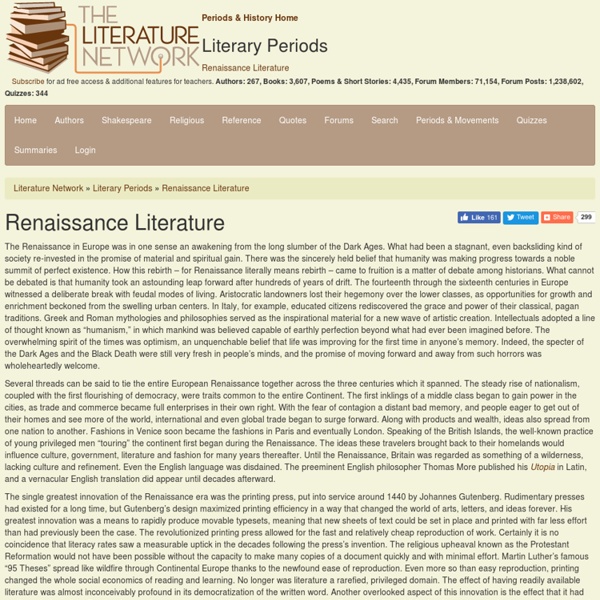How Shakespeare’s great escape from the plague changed theatre
In late July 1606, in the midst of a theatrical season that included what may well be the finest group of new plays ever staged – Shakespeare’s King Lear and Macbeth, Ben Jonson’s Volpone, and Thomas Middleton’s The Revenger’s Tragedy – Shakespeare’s company, the King’s Men, lowered their flag at the Globe theatre and locked their playhouse doors. Plague had returned. Two years earlier, after an outbreak in which more than 30,000 Londoners had died, the privy council decreed that public playing should cease once the number of those who died every week of plague rose “above the number of 30”. In practice, though, there seems to have been some leeway, with players intent on earning a living occasionally bending the rules, resuming performances when plague deaths dipped under 40 or so. Privy council records for this era were lost in a fire in 1618, so we will never know exactly what number triggered any specific closure.
What are the characteristics of English literature during the renaissance? - Homework Help
The English renaissance was particular in its preoccupation with religion and the place of man in relationship with God. England had undergone an especially fraught period in its religious convictions with Henry VIII having taken the country through the reformation, the country having gone from being Catholic to becoming Protestant, adherents of the newly formed Church of England. Some might claim that the King James Bible and Cranmer's Book of Common Prayer stand as particular examples of English renaissance rhetoric that were to be profoundly influential upon English Literature of the period.
Renaissance: Historical Background
In the 12th cent. a rediscovery of Greek and Roman literature occurred across Europe that eventually led to the development of the humanist movement in the 14th cent. In addition to emphasizing Greek and Latin scholarship, humanists believed that each individual had significance within society. The growth of an interest in humanism led to the changes in the arts and sciences that form common conceptions of the Renaissance. The 14th cent. through the 16th cent. was a period of economic flux in Europe; the most extensive changes took place in Italy. After the death of Frederick II in 1250, emperors lost power in Italy and throughout Europe; none of Frederick's successors equaled him.
?institution=byu&c=
During the Renaissance period, a variety of intellectual and historical developments shaped natural history as a discipline. At the end of the 15th and beginning of the 16th century, the rediscovery of classical Greek and Roman texts prompted critical study of ancient and contemporary knowledge about the natural world. Humanist scholars also studied the language and transmission of these ancient texts, comparing different manuscript versions to derive the most accurate version. As a result, scholars began to question the accuracy of the text of Pliny’s Natural History. Several Italian humanists published treatises revealing its factual and textual errors in the 1490’s. Over the next two centuries, scholars would come to reject the Natural History as a scientific work, although it was (and is) still studied for its historical and literary merits.
History: Famous Renaissance People for Kids
History >> Renaissance for Kids There were many people who had influence and became famous during the Renaissance times. Here are some of the most famous: Leonardo da Vinci (1452 - 1519) - Leonardo is generally considered the perfect example of the Renaissance Man.
Teaching Literature
2nd Edition Information In November, 2010, a new, extensively-revised 2nd edition of Teaching Literature to Adolescents was published by Routledge Press: click below for further information and ordering information. Teaching Literature to Adolescents This new edition contains: more attention to the use of digital texts from use of online literature to digital storytelling to uses of online discussion and writing tools incorporated throughout new chapter on teaching young adult literature new chapter on teaching reading strategies essential to interpreting literature more references to examples of teaching multicultural literature. The new edition also has a new wiki website with all new links, activities, and resources that also includes links from this original site.
What are the characteristics of Renaissance literature
1. Classical Antiquity: There was an increased interest in the grand literatures of the Greek and Romans. Allusions to Greek and Roman characters in Shakespeare's dramas and revival of the theatres along with promotion of the epic are examples. 2. Humanism: Renaissance held the Human being as the SUpreme Being and distinguished him from the other beings for his faculty of reason.
Untitled Document
By the late 18th century in France and Germany, literary taste began to turn from classical and neoclassical conventions. The generation of revolution and wars, of stress and upheaval had produced doubts on the security of the age of reason. Doubts and pessimism now challenged the hope and optimism of the 18th century. Men felt a deepened concern for the metaphysical problems of existence, death, and eternity.



